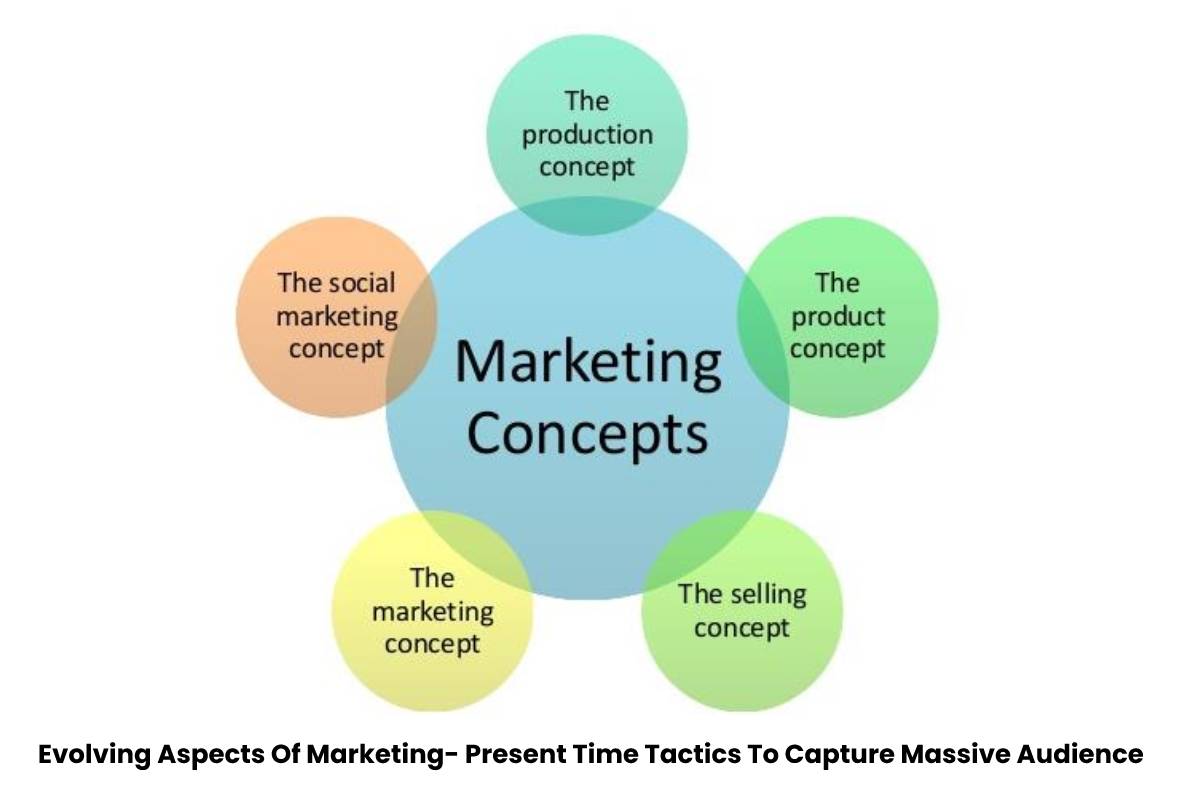We’ll say it straight out: Without a brand voice, your outstanding business model will not remain heard. No chance. With the Brand Voice, you establish a connection with your customers. Through them, you share the values and motivations of your company. A brand voice is booming when it ensures that your audience develops a connection with you, relates to what you do, and most importantly, believes in what you say and do.
This article shows you companies that hit the nail on the head with their brand voice. Plus, learn how to develop your brand voice.
Table of Contents
What is a Brand voice?
You use the brand voice to speak to your customers. The communication style of your brand defines it. Your brand voice is aimed at your target group and can come in any type as long as it fits your brand values and persona – be it authoritarian, playful, intellectual, ominous, friendly, or funny.
Just as you communicate in a certain way with your family, friends, partners, and colleagues, you can also communicate precisely and successfully with your customers.
Customers invest more in brands they have an emotional connection with than in brands that publish uninspired, disjointed content. It’s less about what you say. It’s how you say it. Ways you can express your brand voice include email, website text, press releases, packaging, advertisements, and social media platforms, among others.
How do you Develop a Brand Voice?
The first step in developing the brand voice is to define your brand identity by setting your vision, mission, and values and highlighting the aspects of your company that will help make it stand out from the competition. First, choose three individual keywords for your company. These should be exact words that instill a deep feeling. Think of: passionate, reliable, weird, or relaxed. Think about the mood your content should trigger and how your company should be perceived. These descriptions will set the tone of all of your content.
The next thing to do is figure out who you’re addressing. The social networks offer tools to gain knowledge about this. If you can, reach out to your audience and ask them what they love most about your brand. It is tremendously valuable information that you can use in developing your brand voice. From Facebook to Instagram to Twitter, they all have analytical tools that break down age, gender, location, and the time when they most often interact with your brand. Make a plan for how your brand will share its content on various social platforms.
Finally, create a style guide, a tool that will help you keep your brand voice consistent.
Notable Examples of Brand Voices
It’s essential to find out what works best for your brand voice, but here are what we think are the best examples of companies with excellent brand voice.
New York-based product Glossier describes itself as a “human-powered beauty ecosystem.” Your brand voice speaks of wellness and beauty care for modern women through self-determination and self-care.
Their sensitive posts and accessible images create a direct connection with their target audience. Bright, feminine images remain often combined with simple pictures and precise formulations.
The New Luxury Book
As a lifestyle website with the themes of streetwear, sneakers, cars, lifestyle, and art, High Snobiety conveys style-conscious branding for the young, modern and provocative.
iPhone Advertisement
Apple has always been a role model when it comes to how to stand out from the competition. Everyone feels welcome, and many feel pampered by owning their products.
The successful and notorious party game Cards Against Humanity relies on snappy phrases and black humor in its posts on the social networks to leave a memorable impression on former, current, and future customers. Just check out their parody of a popular snack they call Pringles! Their social media posts aren’t afraid of being offensive, but their consistent tone makes for a high success rate.
The well-known American organic supermarket Whole Foods combines open-mindedness, playfulness, and the topic of nutrition in its shops, in the text for the website, in merchandise, and on social media. This uniformity across different platforms assures their customers that their community and wellness values stand behind their brand voice.
You don’t always have to speak directly about your company. Frank’s RedHot creates humorous memes to interact with the audience in new and fun ways.
Time to Find your Voice
Creating a booming [brand voice] is about establishing a tone that speaks directly to your customers and builds a healthy community. Your [brand voice] is the individual and honest manner that ensures that your target audience stays happy and connected to you. Remember that while consistency is crucial, flexibility is also essential. Be ready to adjust your [brand voice] as your customer’s priorities – and the market – change over time.









